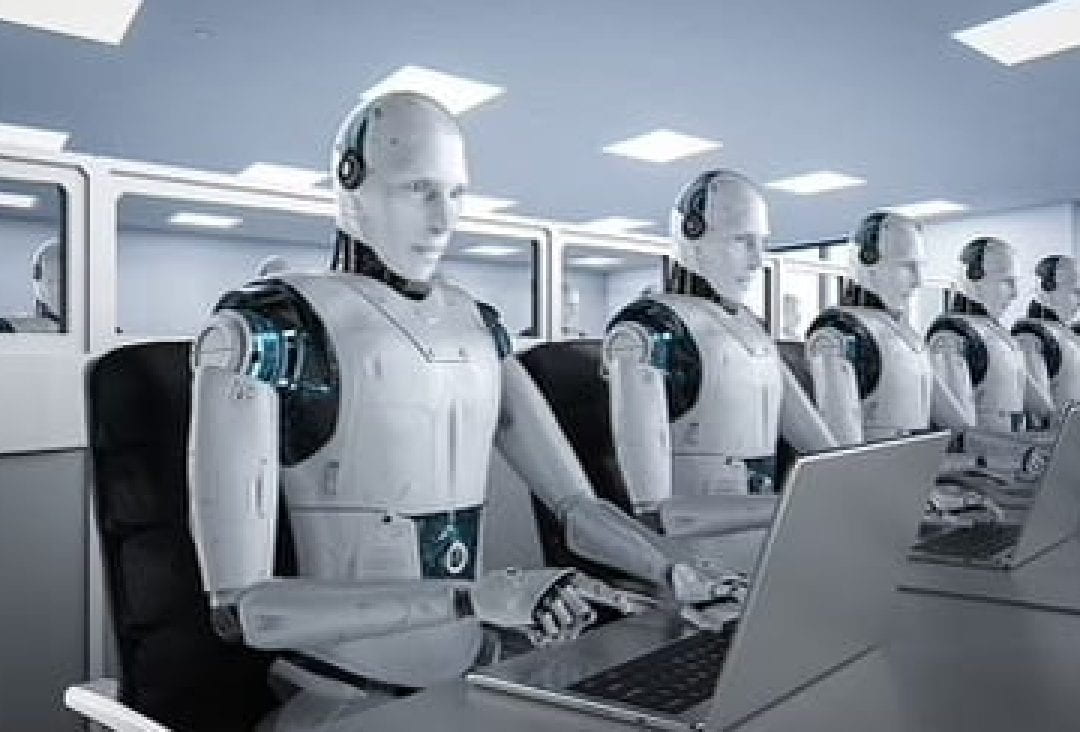As artificial intelligence continues to improve, it has become an integrated part of our daily lives. An essential facet of this change is how people have reacted to interfacing with AI or being entirely replaced by AI. As artificial intelligence continues to grow, more jobs and tasks will be taken over by autonomous systems. This will free up a vast number of workers in society from service jobs and low-intensity work. For example, let us look at artificial intelligence taking over the role of a driver. Many companies are looking to develop and implement AI in self-driving cars or even in self-driving commerce. Companies such as Tesla, Google, and Apple, have spent considerable amounts of money implementing AI into the driving world. How will these events change the way we live our lives? First, artificial intelligence will take over the role of driving in everyday commutes to and from work. As of right now, AI requires human oversight to ensure there are no egregious mistakes, but that will change as AI continues to improve. It is highly likely that in the near future, self-driving cars will require no human oversight and even allow drivers to sleep on the commute to or from work. A system like this would also enable the vehicle to drop you off at work and then find a parking spot for the day. While this may only sound like convenience, the effects this could have on workers’ productivity may justify the cost of research and implementation.
A more crucial economic example can be seen in artificial intelligence’s ability to take over the delivery market. The trucking industry alone in the United States is worth close to 800 billion dollars. A large portion of the industry’s expenses involves the salary of the truck drivers, as well as any accidents and damage that may occur on the road. Once AI improves to the level of complete self-autonomy, the profession of truck driver will be eliminated. Even today, artificial intelligence makes many fewer mistakes while driving than human drivers. This leads to decreased expenses on insurance and damages. Many accidents involving commercial delivery involve truck drivers getting very little sleep and making a critical mistake while driving. AI eliminates this risk and improves upon this point significantly. With no need for sleep, AI can deliver cargo across the continental United States with absolutely zero rest or downtime. Eliminating drivers also improves profits by cutting the expense of salaries. All these factors combined have led to the commercial trucking industry taking a serious interest in the development and success of artificial intelligence. On the other hand, people who have made their careers in the truck driving industry have been nervously eyeing AI development. It seems the common consensus among members of the truck driving community is that their profession may not last for much longer.
The trucking industry is just one example of artificial intelligence replacing the role of individuals in professional settings. Another potential target for automation is the service industry. Artificial intelligence is on track to take over many jobs in the service industry, including restaurants, retail stores, supermarkets, and even some specialty businesses. Why pay a high school student to flip burgers at McDonald’s when artificial intelligence can do it for free? Except for the initial purchase and maintenance, AI would be staggeringly cheap to implement for the long haul. AI does not need to sleep, eat, take breaks, take sick days, or even be paid. Restaurants and retail stores could be completely autonomous and make a massive return on investment for their owners. In a capitalistic world of profit-seeking, the implementation of AI is not a possibility but an inevitability.
Sources:
Ming-Hui Huang, Roland T. Rust. “Artificial Intelligence in Service – Ming-Hui Huang, Roland T. Rust, 2018.” SAGE Journals, journals.sagepub.com/doi/full/10.1177/1094670517752459.
Siau, Keng, and Weiyu Wang. “Building Trust in Artificial Intelligence, Machine Learning, and Robotics: Cutter Consortium.” Building Trust in Artificial Intelligence, Machine Learning, and Robotics | Cutter Consortium, www.cutter.com/article/building-trust-artificial-intelligence-machine-learning-and-robotics-498981.
Hengstler, Monika, et al. “Applied Artificial Intelligence and Trust-The Case of Autonomous Vehicles and Medical Assistance Devices.” Technological Forecasting and Social Change, North-Holland, 16 Feb. 2016, www.sciencedirect.com/science/article/abs/pii/S0040162515004187.
